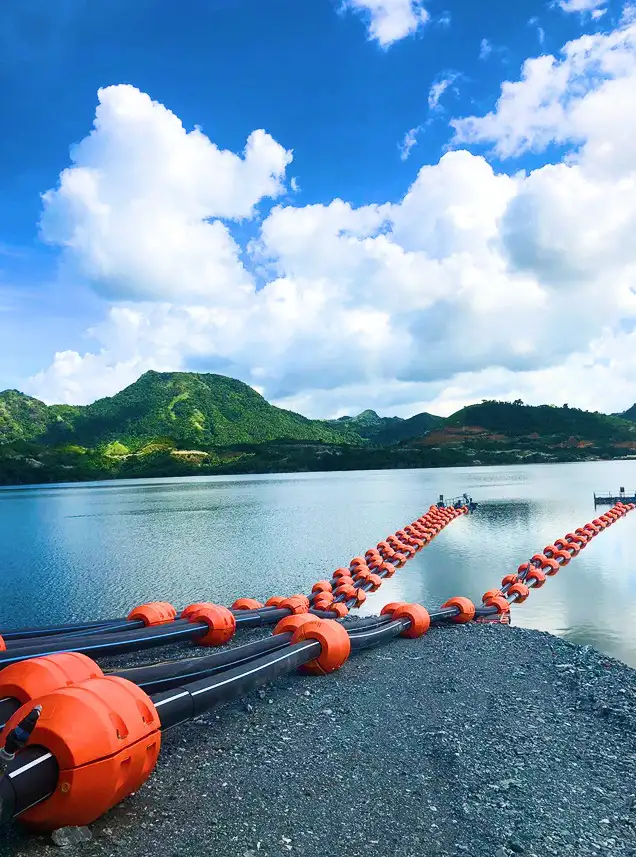Time: 2025-06-19 02:56:20 Source: Max Pipe
While various methods exist for tailings transportation, including open channels and traditional rigid pipes, rubber hoses have emerged as an efficient and increasingly popular solution for tailings transport, particularly in challenging environments and abrasive slurries.
The harsh nature of tailings – often abrasive, sometimes corrosive, and subject to varying pressures and flow rates – demands robust and specialized conveying systems. Rubber hoses are specifically engineered to meet these demanding conditions, offering several key advantages:
Exceptional Abrasion Resistance: The inner lining of rubber hoses, typically made from natural or synthetic rubber compounds, is designed to withstand the severe abrasive wear caused by the continuous flow of solid particles within the slurry. This significantly extends the service life of the pipeline compared to unlined or less resistant materials. Some advanced hoses even incorporate ceramic or elastomer linings for enhanced wear resistance in the most abrasive applications.
Corrosion Resistance: Rubber is inherently resistant to many chemicals and acids often present in tailings, preventing the corrosion that can rapidly degrade metal pipelines.
Flexibility and Adaptability: Unlike rigid pipes, rubber hoses offer inherent flexibility, allowing them to:
Accommodate ground movement, seismic activity, and vibration common in mining sites.
Be installed in areas with uneven terrain or tight bends, reducing the need for complex rigid piping configurations and fittings.
Allow for easier relocation and re-routing as operational needs change.
Pressure Handling: Reinforced layers of textile or steel wire within the hose construction provide the necessary strength to handle high internal pressures, crucial for pumping slurries over long distances or uphill.
Reduced Maintenance and Downtime: The superior wear and corrosion resistance of rubber hoses translates to fewer leaks, less frequent replacements, and reduced maintenance requirements, leading to lower operational costs and increased uptime.
Safety: By minimizing leaks and hose failures, rubber hoses contribute to a safer working environment, reducing the risk of spills, injuries, and environmental contamination.
Various configurations of rubber hoses are utilized, each tailored to specific operational requirements:
Slurry Hoses: These are the most common type, specifically designed for transporting abrasive mixtures of solids and liquids. They feature extra-thick inner linings of natural or synthetic rubber.
Hard-wall Suction Hoses: Reinforced with a high-tensile steel wire helix, these hoses can withstand both internal pressure and vacuum, making them suitable for pumping applications where suction is involved.
Soft-wall Discharge Hoses: These are more flexible due to a soft reinforcement layer and are primarily used for discharge applications. They are often chosen for straight or sweeping bends.
Pre-formed Bend Hoses: Manufactured with specific angles and bend radii, these hoses are ideal for complex pipe layouts or when tight bends are required, offering greater design freedom.
Super Flexible Mining Hoses: These hard-wall hoses are designed for even tighter bend radii, suitable for areas with complex geometry or significant pipe misalignment.
Rubber-lined Steel Pipes: In some cases, steel pipes are internally lined with a thick layer of rubber. This combines the structural strength of steel with the wear and corrosion resistance of rubber, offering a durable solution for long-distance tailings pipelines.
In conclusion, rubber hoses are an indispensable component in modern tailings transportation systems, offering a reliable, durable, and cost-effective solution for managing the waste streams of the mining industry. Their ability to withstand extreme conditions and adapt to varied operational demands makes them a critical factor in ensuring efficient, safe, and environmentally responsible mining practices.
